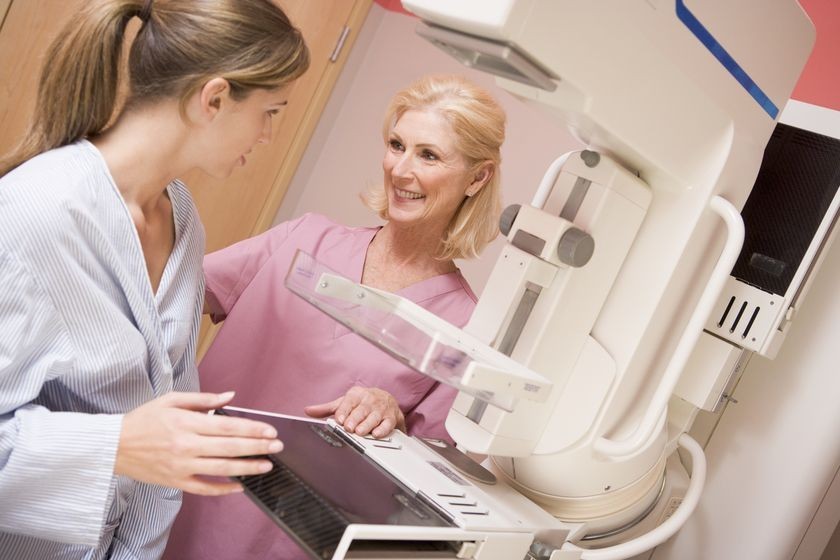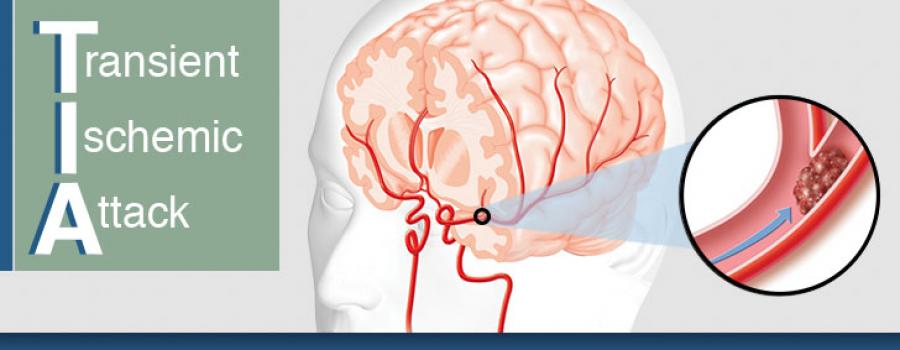Exciting News: Introducing Our New Patient Portal from RadFlow 360!
We are thrilled to announce the latest enhancement to our patient care services – the introduction of a new Patient Portal, powered by RadFlow 360. At Precise Imaging, we continually strive to improve our patient experience, and this new feature is a giant leap forward in that direction.
Why a Patient Portal?
In today's fast-paced world, we understand the importance of convenience and efficiency, especially when it comes to your health. The new Patient Portal from RadFlow 360 is designed to put the control back in your hands, allowing you to manage your appointments, view your images, and communicate with our team at the click of a button.
Key Benefits of the Patient Portal:
1. Complete Forms Ahead of Time:
Say goodbye to the hassle of filling out paperwork in the waiting room! With our Patient Portal, you can complete all necessary forms from the comfort of your home before your appointment.
2. Access Appointment Details:
Stay in the know with access to your appointment times, location, and easy-to-follow directions right from the portal.
3. View Your Images:
Your MRI, X-ray, and CT images are available for you to view on the portal as soon as they are ready.
4. Share Your Images:
Need a second opinion or share with a family member? You can easily share your images with other medical professionals or loved ones directly from the portal.
5. Upload Your Photo ID:
Ensure a smooth check-in process by uploading your Photo ID ahead of time.
6. Text Message with Our Scheduling Team:
Have a question about your appointment? Want to reschedule? Communicate with our scheduling team directly through text messages via the Patient Portal.
How to Get Started:
Getting started is easy! Simply visit www.precise.radflow360.com/patient-portal to access your account.
At Precise Imaging, we are committed to providing top-notch radiology services with a focus on patient convenience and care. The introduction of the Patient Portal from RadFlow 360 is a testament to this commitment. We are confident that this new feature will enhance your experience with us and we are excited for you to try it out.
For any questions or assistance with the Patient Portal, please do not hesitate to contact our support team.
Warm regards,
The Precise Imaging Team


